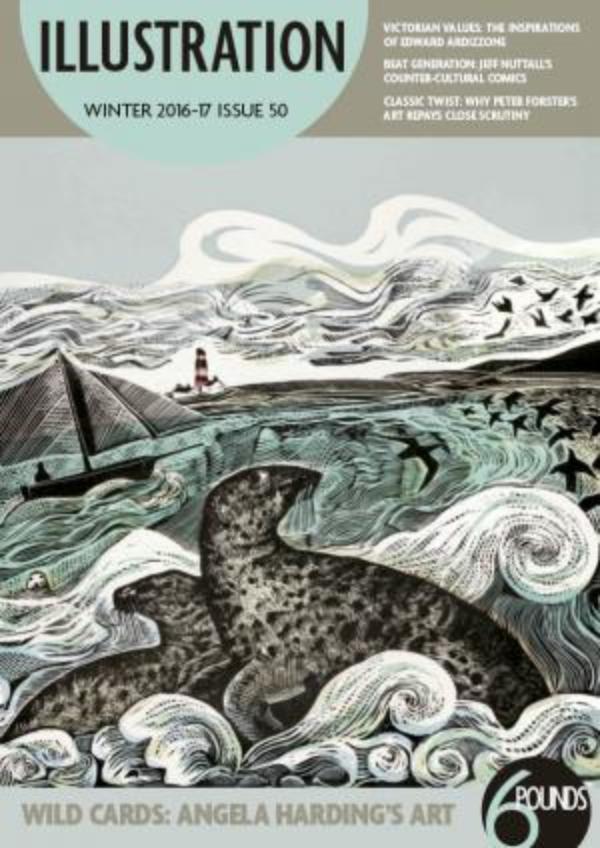
Illustration - Winter 2016 - Issue 50
As we reach our 50th issue it seems a good time to look back at the past as well as towards the future – but then, isn’t that what art, fashion and culture always does? Tradition and heritage are a rich seam that is mined by everyone from manufacturers of wellington boots to fabric and furniture designers. Even artists at the forefront of the avant garde need the old establishment to kick against – and many draw on other, alternative, traditions that are in their way just as pervasive and powerful. It seems appropriate, therefore, that in this issue we discuss the work of artists who have clear links with past traditions, even as they create fresh work either standing on the shoulders of historical giants (artists and texts) or following more subversive role models. We look at how the best artists speak to contemporary audiences by giving a new twist to ancient skills and techniques.
Edward Ardizzone, for example, was a clear successor to the great Victorian illustrators, yet his work reflected and recorded so much of mid-20th century experience – particularly the people and social transactions he saw from his window in Maida Vale. A few years later, Jeff Nuttall rejected established artistic tradition and embraced radical Sixties counterculture, yet his scatalogical humour and naive drawings added sophistication to another tradition – that of home-made schoolboy rags and teenage subversion. Peter Forster’s work is also subversive, but he uses age-old engraving skills to satirise contemporary issues, or cast new light on classic texts, while print-maker Angela Harding explains how social media has helped her to forge a career using Victorian presses in the 21st century. Most bravely, Shay Charka has taken on sensitive traditions when he tackles Jewish scriptural law and Middle Eastern religious politics in his graphic novels. Old and new are intertwined, and we need artists to use the past to comment on our present and envisage

